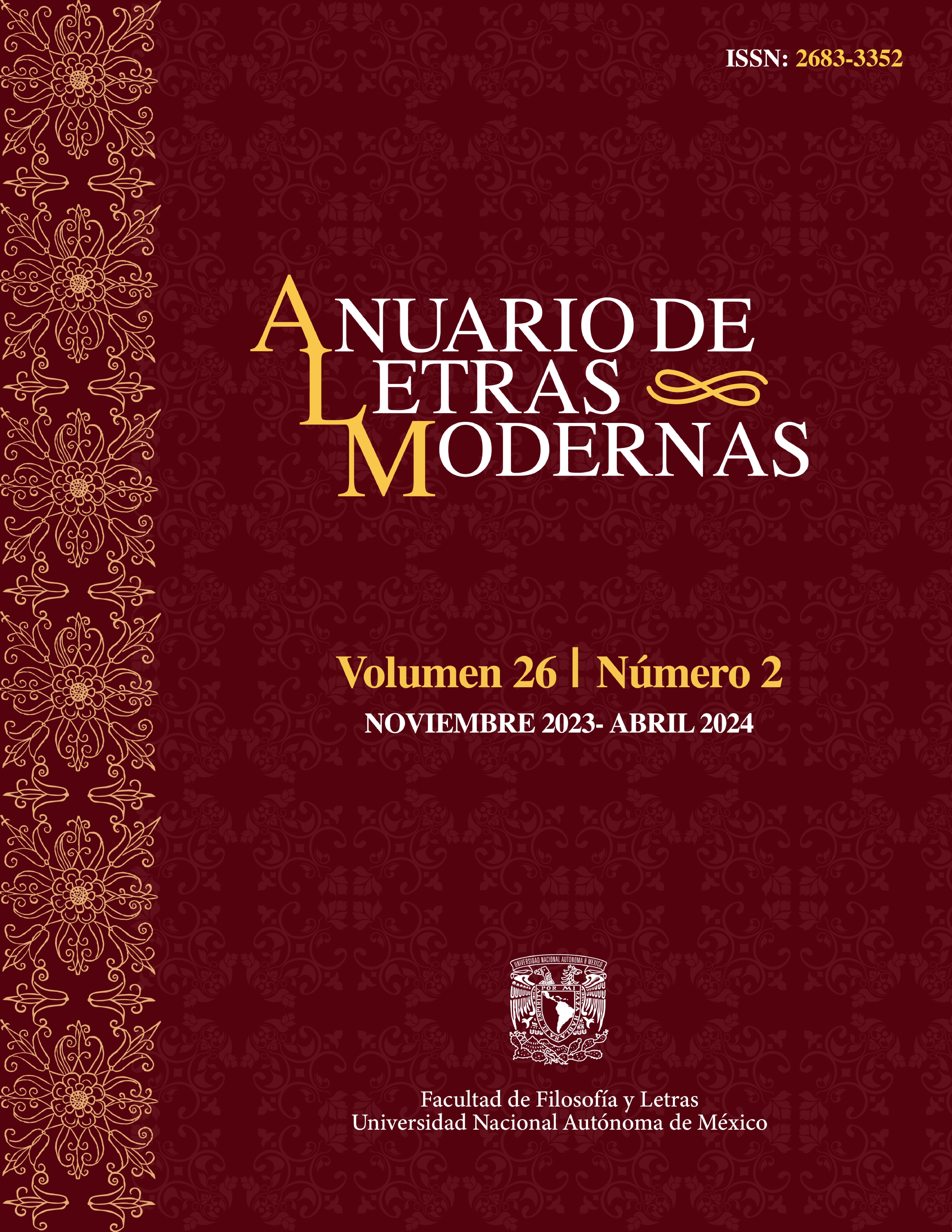The Deathly Hallows: Traditional Fairy Tale Elements in the Harry Potter’s novels and the “Tale of the Three Brothers”
Main Article Content
Abstract
This article explores the way in which J.K. Rowling uses some essential elements of the fairy-tale tradition as a literary genre along the seven novels that constitute the Harry Potter saga, as well as The Tales of Beedle the Bard (2008), and specifically the tale of the three brothers. In the Harry Potter saga, the author makes use of a personal mythology to explain the cosmogony through which the characters meet and understand their world, as well as the tasks that they must perform in it. Such a cosmogony owns a rich number of references to traditional fairy tales, and part of it is codified in the collection known as The Tales of Beedle the Bard. Using a metaliterary strategy, Rowling rewrites some classical fairy tales like “Cinderella” and others less known, but the one that ends up being fundamental for the plot of the seventh novel (Harry Potter and the Deathly Hallows) is the tale of the three brothers. Taking up the folklore tradition of the blood-brothers and using tropes related to the genre (such as the thirds structure and the encounter with Death), Rowling weaves a fable that she uses to explain the origin of the main character while offering the narrative key for him to vanquish the villain in the story. Thus, Rowling pays homage to oral tradition and legitimates the protagonist’s aspirations.
Article Details

This work is licensed under a Creative Commons Attribution-NonCommercial-NoDerivatives 4.0 International License.
References
Calinsecu, Matei. (1997). “Rewriting”. En Hans Bertens y Douwe Fokkema (Eds.), International Postmodernism. Theory and Literary Practice (pp. 243-248). John Benjamins Publishing Company.
Grimm, Jacob; Grimm, Wilhelm. (2012). “Godfather Death”. En Maria Tatar (Ed.), The Annotated Brothers Grimm (pp. 200-206). Norton and Company.
Haase, Donald. (2007). “Fairy Tale”. En Donald Haase (Ed.), The Greenwood Encyclopedia of Folk Tales and Fairy Tales (pp. 322-325). Greenwood.
Holl-Jensen, Carlea; Tolbert, Jeffrey A. (2015). “‘New-Minted from the Brothers Grimm’: Folklore’s Purpose and the Folkloresque in The Tales of Beedle The Bard”. En Michael Dylan Foster y Jeffrey A Tolbert (Eds.), The Folkloresque: Reframing Folklore in a Popular Culture World (pp. 163-172). University Press of Colorado; Utah State University Press.
Lerer, Seth. (2008). Children’s Literature: A Reader’s History from Aesop to Harry Potter. University of Chicago Press.
Rowling, J.K. (2007). Harry Potter and the Deathly Hallows. Bloomsbury.
Zipes, Jack. (2006). Why Fairy Tales Stick: The Evolution and Relevance of a Genre. Taylor and Francis.





